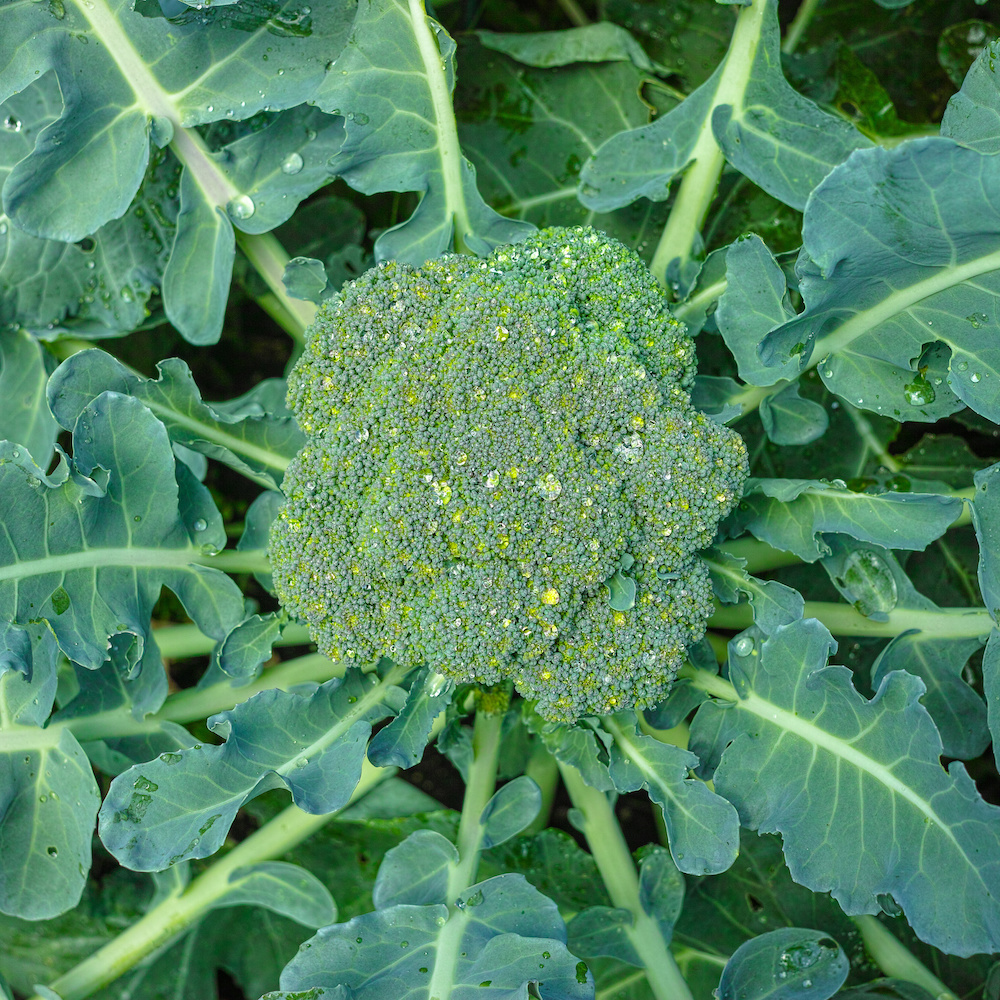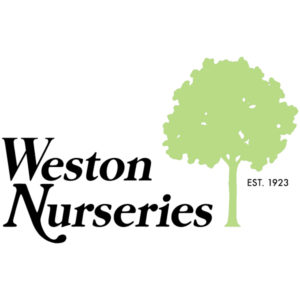It’s a fact that most plants do best if they grow in a sunny location, and this is especially true of vegetables. Most species of edible vegetables need at least 6 hours of daily sun to produce at optimal levels. This is not a universal rule, however.
As a basic rule of thumb, vegetables grown for their fruit or roots—such as tomatoes, eggplant, peppers, squash, potatoes, or carrots—require full sun, which is defined as a garden location that receives at least six hours of direct sun each day. Vegetables grown for the leaves, stems, or buds often do quite well without full sun. A good number of vegetables can produce nicely with three to six hours of sunlight per day, or with constant dappled sunlight for the entire day.
Keep in mind, though, that no vegetable can thrive in deep, dense shade. While ornamental gardeners have choices for plants to grow in full shade, that’s not the case for vegetable gardeners.
Here are 16 edible plants that will produce well if they receive three to six hours of direct sunlight each day, or constant dappled light for the full day.
Arugula (Eruca vesicaria)
- USDA Growing Zones: Annual, grown in zones 2 to 11
- Sun Exposure: Full sun, tolerates part shade
- Soil Needs: Rich, well-draining soil
Arugula is among the fastest-growing leafy greens. It is one of those greens that people either love or hate, as it can have musky odor and taste. Some find its peppery bite very refreshing. Arugula tolerates some shade but also does well in full sun. It is easy to grow from seed sown directly into the garden.
Beans (Phaseolus vulgaris)
- USDA Growing Zones: Annual, grown in zones 2 to 11
- Sun Exposure: Full sun, tolerates part shade
- Soil Needs: Rich, medium-moisture soil
Like peas, beans are a little gift for the hardworking gardener; they take very little effort. There are many varieties of bush beans and pole beans that can deal with some daily shade and take up very little space.
There are many varieties of beans to choose from and are easy to grow from seed. You can even be frugal and save some beans to provide next year’s seeds.
Beets (Beta vulgaris)
- USDA Growing Zones: Annual, grown in zones 2 to 11
- Sun Exposure: Full sun, tolerates part shade
- Soil Needs: Loamy soil
Beets sort of break the rules for planting root vegetables in partial shade and can do surprisingly well. While the shade may impact the size of your beetroots, the plants will still produce delicious greens.
If you’re short on space, beets can also do quite well in a deep container. For a continual harvest, keep planting a few seeds every week or so. Just be sure to keep them watered so the roots do not turn woody.
Broccoli (Brassica oleracea var. italica)
- USDA Growing Zones: Annual, grown in zones 2 to 11
- Sun Exposure: Full sun to part shade (shade preferred in hot climates)
- Soil Needs: Rich, moist soil
Broccoli is one of those vegetables that you can plant alongside the shadier edges of any garden space. It looks fantastic when growing in a row, and with all the colorful varieties available, it adds a fun splash to a border.
A member of the cabbage family, this is also a relatively easy plant to grow—just keep it watered, then wait for the harvest. If you are in a hotter climate, you may even be able to sneak two crops into the extended season by replacing the old plants with new seedlings.
Brussels Sprouts (Brassica oleracea cultivars)
- USDA Growing Zones: Annual, grown in zones 2 to 11
- Sun Exposure: Full sun, tolerates part shade
- Soil Needs: Rich, moist, well-drained soil
Brussels sprouts, another member of the cabbage family, may take a long time to grow, but they are fun to watch—that first sprout is exciting. The other benefit of this vegetable is that it can grow well into the cold season and flavor actually improves after a light frost.
This is also a plant that can maximize that shadier spot in the garden. Because it takes so long to mature, you can plant a different short-season crop in between the rows—bush beans and peas are perfect.
Cauliflower (Brassica oleracea cultivars)
- USDA Growing Zones: Annual, grown in zones 2 to 11
- Sun Exposure: Full sun, tolerates part shade
- Soil Needs: Rich, moist, well-drained soil
Planting broccoli means you’re almost compelled to plant cauliflower as well. Staggering this beautiful plant alongside its taller, nutty-flavored cousin can add a splash of design to an otherwise difficult shady garden space.
Cauliflower can tolerate some cold, so it’s a good last-minute addition to the garden. It does take a little work, especially if you want white cauliflower with a sweeter taste because it will need to be blanched. Once the plant begins to form the fruit, wrap the large leaves around and over the center of the plant securing them with twine. You need to check your plants periodically to make sure all parts of the growing cauliflower head are protected from direct sunlight.
Collard Greens (Brassica oleracea L. subsp. acephala)
- USDA Growing Zones: Annual, grown in zones 2 to 11
- Sun Exposure: Full sun, tolerates part shade
- Soil Needs: Rich, well-drained soil
Collard greens, another cabbage relative, are among the leafy greens that fall into the class of cooking greens. It is leafy and great in a salad, but perhaps best prepared as a sauteed green dish. For good growth, collard greens need about 4 to 5 hours of sun for full flavor. It, too, is a good plant for colder climates.
Cress (Lepidium sativum)
- USDA Growing Zones: Annual, grown in zones 2 to 11
- Sun Exposure: Full sun to part shade
- Soil Needs: Loose, well-drained soil
Cress, also known as garden cress or pepper cress, is the rare vegetable that does well in nearly full shade. It matures very fast and likes moist soils. It is known for its peppery and sometimes tangy flavor that works well in soups and stews. Young leaves are excellent in salads and for sandwiches.
Kale (Brassica oleracea cultivars)
- USDA Growing Zones: Annual, grown in zones 2 to 11
- Sun Exposure: Full sun to part shade
- Soil Needs: Rich, moist, well-drained soil
Like other cooking greens, this cabbage cousin enjoys growing in a container and generally prefers cool soils, making it a good choice for shady locations. It will tolerate very cool temperatures, including light frosts.
Endive (Cichorium endivia)
- USDA Growing Zones: 3 to 8
- Sun Exposure: Full sun to part shade
- Soil Needs: Medium moisture, well-drained soil
Endivedoes well with only a few hours of daily sun. Especially in midsummer, the shade will prevent the plant from bolting (setting seeds). Better yet, endive does great in pots just like arugula, leaf lettuce, and cress, so you can fill your deck with a salad-lovers container garden.
Lettuce (Lactuca sativa)
- USDA Growing Zones: Annual, grown in zones 2 to 11
- Sun Exposure: Full sun to part shade; prefers some shade
- Soil Needs: Rich, medium-moisture, well-drained soil
Lettuce—a staple for any salad or BLT lover—is a cool-season green that dislikes too much direct sun. Some gardeners even shelter lettuce with shade cloth to prevent it from burning out.
You have a few options when it comes to planting these great salad greens to enjoy them throughout the season. For instance, you can succession plant or simply use the containers as a “cut and come again” garden, picking (and using) the oldest leaves as needed.
Mustard Greens (Brassica juncea, Brassica rapa subsp. perviridis)
- USDA Growing Zones: Annual, grown in zones 2 to 11
- Sun Exposure: Full sun, tolerates part shade
- Soil Needs: Rich, moist, well-drained soil
Mustard greens join collards and kale in the cooking greens category. This green tolerates partial shade, though it is also fond of full sun. Mustard greens do not do well in hot temperatures. Some mustard plants can be invasive if they escape the garden.
Peas (Pisum sativum)
- USDA Growing Zones: Annual, grown in zones 2 to 11
- Sun Exposure: Full sun, tolerates part shade
- Soil Needs: Rich, moisture-retentive soil
Peas are perfect for containers and do fine in a partially shady spot. The key to growing peas is timing. If you get the seeds in the soil at the right time and harvest before it gets too hot, you should have a nice crop. Peas like cool weather.
This is also a space-saving crop. Many varieties like to climb up a trellis or some sort of support, and once they are done, you can plant a quick-growing, late-season crop like broccoli or try a second pea crop.
Radishes (Raphanus sativus)
- USDA Growing Zones: Annual, grown in zones 2 to 11
- Sun Exposure: Full sun, tolerates part shade
- Soil Needs: Sandy or loamy soil
Radishes are another surprising root vegetable that can tolerate some shade. They also produce tasty greens that most people forget about.
With radishes, you have many options when it comes to varieties. It is fun to sprinkle many different radishes throughout your garden. Some mature fast, some like the fall season, and the sizes vary as much as the color. Have fun with all the possibilities.
Spinach (Spinacia oleracea)
- USDA Growing Zones: Annual, grown in zones 2 to 11
- Sun Exposure: Full sun to part shade
- Soil Needs: Rich, well-drained soil
Spinach does well with only a few hours of sun and it prefers the cooler temperatures of spring and fall. Spinach—in particular, baby spinach—is a great salad green, but it is also very useful in your favorite non-salad hot recipes. Spinach likes cool weather and usually bolts (sets seed) as the weather turns hot. Plant new spinach for continued harvest.
Swiss Chard (Beta vulgaris)
- USDA Growing Zones: Biennial, grown as an annual in zones 2 to 11
- Sun Exposure: Full sun to part shade
- Soil Needs: Rich, well-drained soil
Few vegetables can rival the colorful beauty of Swiss chard, so adding these to that semi-shady spot is a great idea. Beyond its stunning color, chard is extremely easy to grow and needs hardly any maintenance. You can direct sow the seeds and thin it as needed. Plus, if you cut older leaves, new ones will grow back.
All of the vegetables listed here are considered cool season vegetables. Whether you plant them in a shady part of the garden or in a spot where they receive direct sunlight all day, you can find successful ways to grow them all if you plant at the right time. If you don’t have a shady spot in which to plant, shade cloth will protect your brassicas, peas, greens and lettuces from hot summer sun. You can even try seeding some in mid-season if you take measures to cool the soil beforehand as many of these seeds require cooler soil to germinate. Alternately try placing the seeds in the refrigerator for several days prior to planting in order to aid germination.
By Colleen Vanderlinden from thespruce.com








